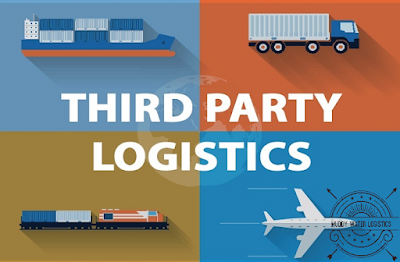Global Freight Forwarding Market Size, Share, Challenges, Growth Report, 2029
Market Size and Growth
The freight forwarding market is estimated to be worth USD 176.02 billion in 2024 and is expected to reach USD 215.81 billion by 2029, growing at a compound annual growth rate (CAGR) of 4.16% during the forecast period. This growth is driven by the increasing need for efficient logistics solutions and the rising volume of global trade.
Key Market Trends
Increasing Air Freight Usage
Air freight is becoming a preferred mode of transport for time-sensitive consignments. Its efficiency in handling perishable and high-value goods makes it an attractive option for businesses looking to minimize transit times.
Growth in Cross-Border and Sea Trade
The freight forwarding industry has seen significant growth due to the increase in seaborne transport and cross-border trade. The construction of transport, logistics, and trade centres in strategic locations is expected to further boost this trend.
Adoption of Advanced Technologies
The prompt adoption of technologies such as AI, blockchain, and cloud computing is revolutionizing the freight forwarding industry. These technologies enhance operational efficiency and provide better visibility and control over the supply chain.
Market Segmentation
By Mode of Transport
Air Freight Forwarding: Ideal for time-sensitive and high-value goods.
Ocean Freight Forwarding: Suitable for bulk and heavy cargo.
Road Freight Forwarding: Flexible and cost-effective for short to medium distances.
Rail Freight Forwarding: Efficient for large volumes over long distances.
By Customer Type
B2C (Business-to-Consumer): Direct delivery of goods to consumers.
B2B (Business-to-Business): Transporting goods between businesses.
By Application
Industrial and Manufacturing: Moving raw materials and finished products.
Retail: Ensuring timely delivery of consumer goods.
Healthcare: Transporting medical supplies and equipment.
Oil and Gas: Handling specialized logistics for the energy sector.
Food and Beverages: Ensuring the freshness and safety of perishable goods.
Other Applications: Catering to various other industries.
Major Players in the Market
DHL Global Forwarding
DHL is a leader in the freight forwarding market, offering comprehensive logistics solutions globally.
DB Schenker
DB Schenker is known for its extensive network and innovative logistics solutions.
Kuehne + Nagel International AG
Kuehne + Nagel provides a wide range of logistics services, including air, sea, and road freight forwarding.
DSV
DSV offers efficient and reliable logistics solutions, catering to diverse industry needs.
Expeditors International
Expeditors International specializes in providing customized logistics solutions to meet specific business requirements.
Opportunities in the Freight Forwarding Industry
Emerging Markets
Emerging markets in Asia, Africa, and Latin America offer significant growth opportunities for freight forwarding companies. Increasing trade activities and economic development in these regions drive demand for logistics services.
Technological Innovations
Technological advancements, such as AI, blockchain, and cloud computing, present numerous opportunities for improving operational efficiency and customer satisfaction.
Strategic Mergers and Acquisitions
Mergers and acquisitions enable companies to expand their market reach, enhance service capabilities, and achieve economies of scale.
Challenges in the Market
Environmental Concerns
The environmental impact of logistics operations, particularly related to carbon emissions, is a significant challenge. Companies need to adopt sustainable practices to mitigate these effects.
Regulatory and Trade Barriers
Trade restrictions and varying regulatory requirements across regions pose challenges for seamless logistics operations.
Supply Chain Disruptions
Supply chain disruptions, such as those caused by geopolitical tensions and pandemics, can significantly impact on freight forwarding market.
Conclusion
The freight forwarding market is a dynamic and rapidly evolving industry, driven by globalization, technological advancements, and increasing trade activities. Despite challenges such as environmental concerns and regulatory barriers, the market offers significant growth opportunities. With continued focus on innovation and efficiency, the future of freight forwarding industry looks promising.




Comments
Post a Comment